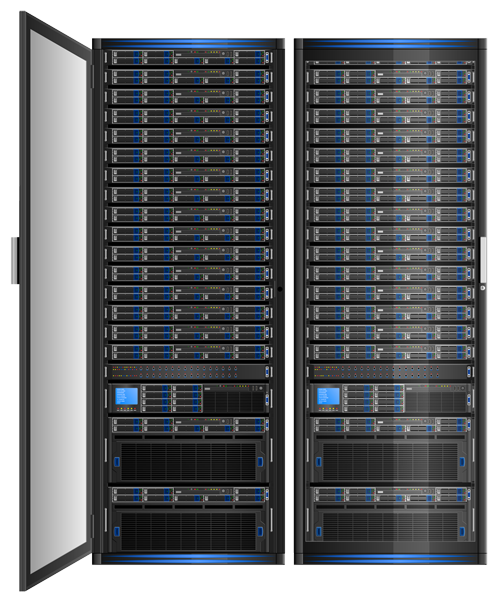Course Details
Overview
Configuring Data Center Unified Computing is an instructor-led product training that provides learners with an overview of the Cisco UCS System, to include the Cisco UCS B-Series blade servers and Cisco UCS C-Series rack servers. There is significant content devoted to configuration and management. The Configuring Data Center Unified Computing course articulates Cisco Data Center virtualization solutions and explains how to execute a virtualization solution on Cisco UCS B-series and C-series hardware.
Objectives
This course will address the configuration and ongoing maintenance of Cisco UCS B-Series and C-Series servers, with a strong emphasis on Cisco UCS B Series blade servers. The primary changes to the Cisco UCS features in this revision are the inclusion of the UCS 2.1 software features, to include:
- Cisco UCS Central Support ?Cisco UCS C-Series Server Integration through Single Wire Management
- Default vNIC and vHBA Behavior Policies
- Fault Suppression
- Fibre Channel Zoning
- Firmware Auto Install and Cross-Version Support
- LAN / SAN Connectivity Policies for Service Profile Configuration
- Multicast Policy
- Scheduled backups
- Service Profile Renaming
- Support for discovery of flash I / O devices (Fusion I / O and LSI flash cards)
- Support for Multiple Receive Queue Support (MRQS) on Linux
- Troubleshooting Enhancements for Finite State Machine (FSM) processes
- Unified Uplink Ports and Uplink Port Channels
- Unified Storage Ports
- Con Assignment and Distribution
- VLAN Port Count Optimization
- VLAN Groups and Permissions
- VM-FEX Integration for Hyper-V SRIOV
- VM-FEX Integration for KVM (Red Hat Linux) SRIOV .
Outline
Module 1 Describing Cisco UCS Architecture
- Describing Cisco UCS B-Series Blade Server Hardware Components
- Describing Cisco UCS User Interfaces
- Configuring Cisco UCS B-Series Physical Connectivity and High Availability
- Using RBAC and Organizations
Module 2 Configuring Cisco Unified Computing System LAN Connectivity
- Configuring Compute Node LAN Connectivity
- Configuring LAN Identity and Resource Pools
- Configuring Compute Node LAN Policies
Module 3 Configuring Cisco Unified Computing System SAN Connectivity
- Configuring Compute Node SAN Connectivity
- Configuring Advanced Compute Node SAN Connectivity
- Configuring SAN Identity and Resource Pools
Module 4 Configuring Cisco Unified Computing System B-Series Servers
- Configuring Server Identity and Resource Pools
- Configuring Server Policies
- Configuring Templates and Service Profiles
- Managing Service Profiles
- Configuring Logical Service Profiles that Boot from iSCSI
Module 5 Configuring Cisco Unified Computing System Virtualization
- Configuring Cisco UCS VM-FEX
- Configuring Cisco UCS SR-IOV
- Configuring Cisco UCS VM-FEX Integration for Microsoft Windows Server 2012 Hyper-V
- Configuring the Cisco UCS VM-FEX for KVM SR-IOV
Module 6 Cisco Unified Computing System Administration
- Backing Up and Restoring the Cisco UCS Manager Database
- Managing and Upgrading Cisco UCS B-Series Firmware
- Using Cisco UCS Management Tools
Module 7 Cisco Unified Computing System C-Series Features
- Describing Cisco UCS C-Series Servers
- Describing Cisco USC C-Series Server Connectivity Options
- Using Cisco UCS C-Series IMC Discovery
- Upgrading Cisco UCS C-Series Firmware
Labs:
Lab 1-1: Initial Cisco UCS Configuration
Lab 1-2: Explore the Cisco UCS Manager GUI
Lab 1-3: Configure RBAC
Lab 2-1: Configure System Related Policies and Uplink Port Properties
Lab 2-2: Configure LAN Related Pools and Policies
Lab 3-1: Configure SAN Connectivity
Lab 3-2: Configure SAN Identity Pools and Templates
Lab 4-1: Configure Server-Related Features and Renaming a Service Profile
Lab 4-2: Configure a Service Profile that Boots from iSCSI LUN
Lab 5-1: Configure VM-FEX Passthrough Switching
Lab 6-1: Back Up and Import the System Configuration
Lab 7-1: Configure Server Settings with the Integrated Management Controller GUI
Target Audience
- Channel Partner / Reseller
- Customer
- Employee
Pre-Requisites
The knowledge a learner should have to successfully complete this course are as follows :
- General knowledge of servers
- Routing and switching knowledge
- Storage area networking knowledge
- Server virtualization knowledge.


